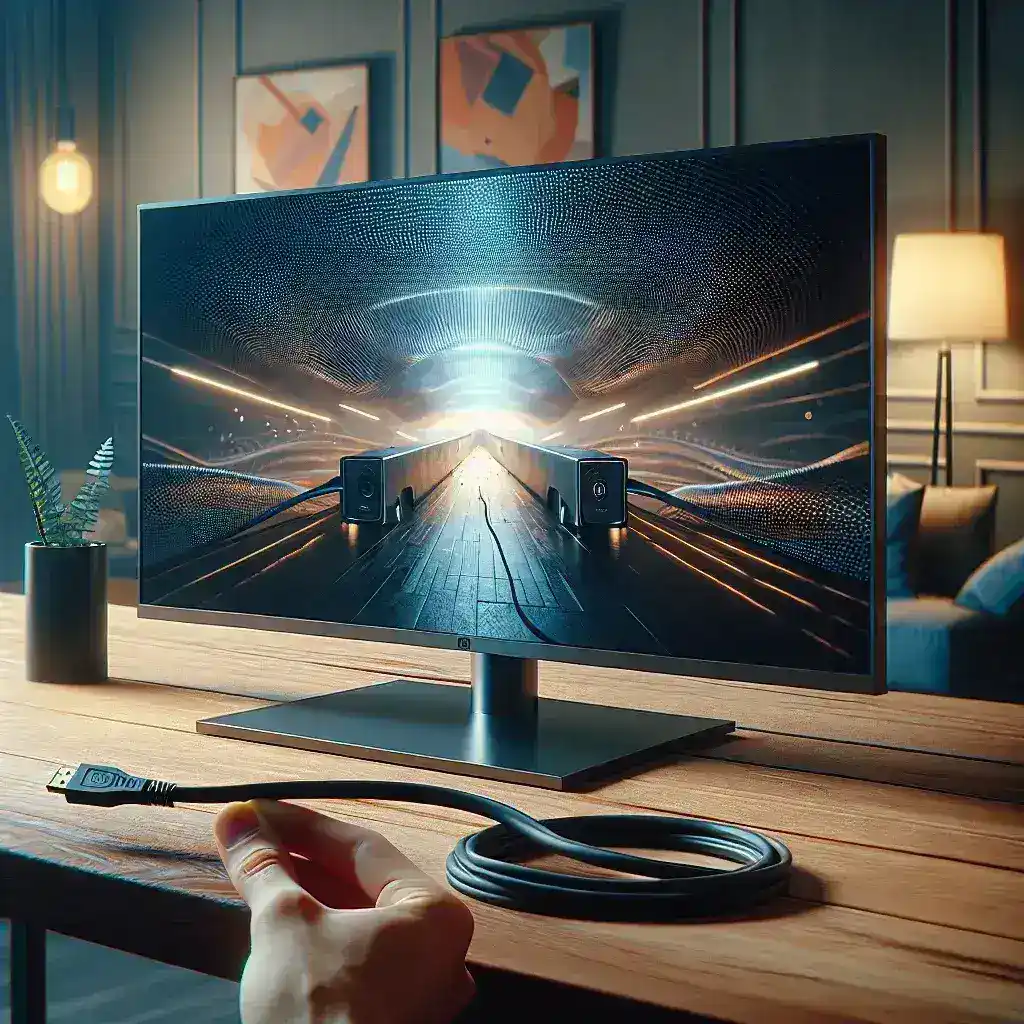How to Use Your TV as a Second Monitor for Your Computer?

Having a second monitor can significantly enhance your productivity, allowing for multitasking and an expanded workspace. Fortunately, you don’t need to buy an additional monitor when you can use your TV. This comprehensive guide will take you through the steps to use your TV as a second monitor for your computer.
Why Use a TV as a Second Monitor?
- Increased Screen Space: More room for multiple applications and better multitasking.
- Enhanced Media Experience: Enjoy a larger display for media consumption.
- Cost Efficiency: Save money by using an existing TV instead of buying a new monitor.
Requirements
Before diving into the setup process, ensure you have the following:
- A TV with HDMI, VGA, or DVI connections.
- A compatible cable (HDMI, VGA, DVI-to-HDMI adapter).
- Graphics card that supports multiple displays.
- Optional: Wireless keyboard and mouse for easier control.
Setting Up Your TV as a Second Monitor
Step 1: Connecting the TV to Your Computer
Most modern TVs and computers support HDMI connections, offering the best quality. Here’s how to connect:
- Locate the HDMI port on your computer and TV.
- Connect one end of the HDMI cable to the HDMI port on your computer.
- Connect the other end to the TV’s HDMI port.
- Turn on your TV and select the correct HDMI input source.
If your computer and TV don’t have HDMI ports, you can use VGA or DVI connections. You might need adapters for compatibility.
Step 2: Configuring Display Settings on Windows
Once connected, you can configure the display settings:
- Right-click on your desktop and select Display Settings.
- Under Multiple displays, select Extend these displays or Duplicate these displays based on your preference.
- Click Apply to confirm the changes.
Step 2: Configuring Display Settings on macOS
If you’re using macOS, follow these steps:
- Click on the Apple menu and choose System Preferences.
- Select Displays.
- Click on the Arrangement tab.
- Drag the display icons to arrange them as desired.
- Check Mirror Displays if you want to duplicate the screens.
Troubleshooting Common Issues
No Signal on TV
- Ensure cables are properly connected.
- Select the correct input source on your TV.
- Restart your computer and TV.
Black Bars or Distorted Screen
- Adjust the resolution in Display Settings or System Preferences.
- Consult your TV’s user manual to set the correct resolution.
No Sound from TV
- Change the audio output device from computer settings.
- Ensure the HDMI cable supports audio (if using HDMI).
Additional Tips
- Wireless Connection: For a cleaner setup, consider using wireless display adapters like Chromecast or Miracast.
- Calibration: Calibrate your TV using on-screen tools to ensure accurate colors.
- Updating Drivers: Keep your graphics card drivers updated to avoid compatibility issues.
Conclusion
Using your TV as a second monitor is a great way to improve your productivity and make the most of your existing hardware. With the steps outlined above, you can easily set up and enjoy the benefits of a dual-screen workspace. Whether for work or entertainment, this setup can provide a versatile and efficient solution.
